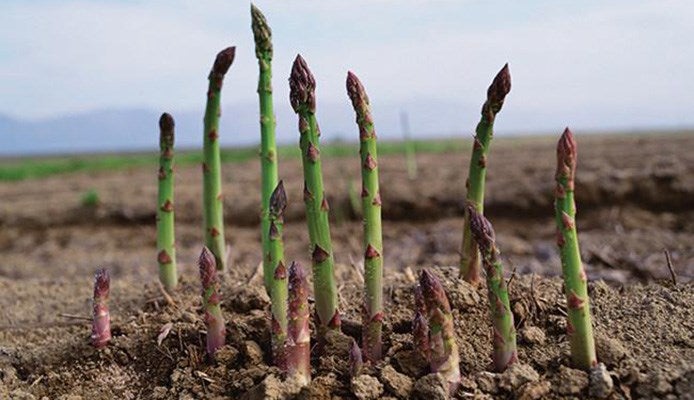We are all citizens of the world, we all know about the best Japanese street food and how to make an avocado rose, but a few fundamentals seem to have got lost along the way, like: do peanuts grow on trees? And that's just the start.
Unless expert, most of us remain oblivious as to how many of the products that arrive on our table grow in strange and unusual ways.
Here's a look at some of the most unusual ways in which some of our beloved or common legumes, fruits and vegetables grow.



















